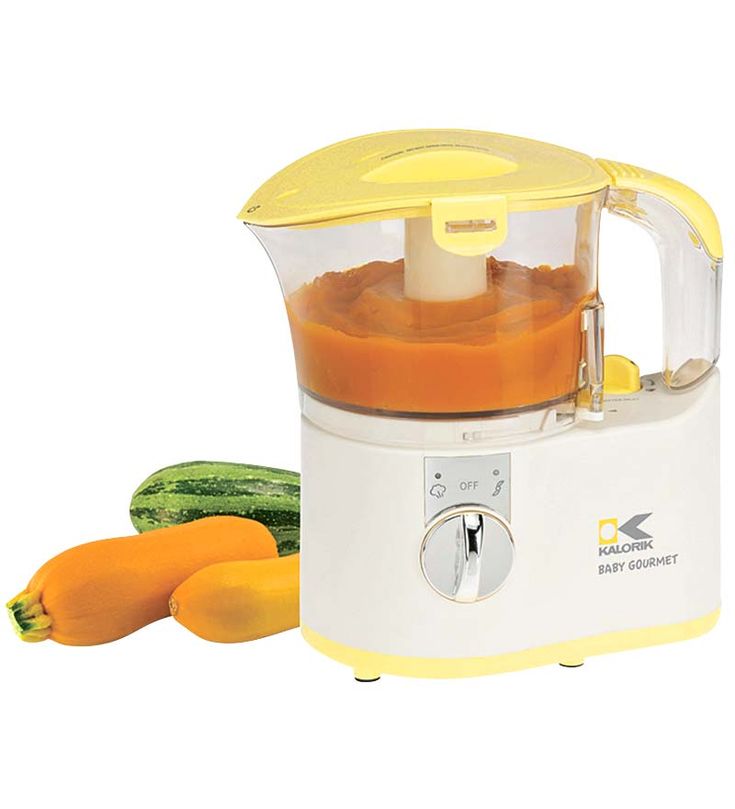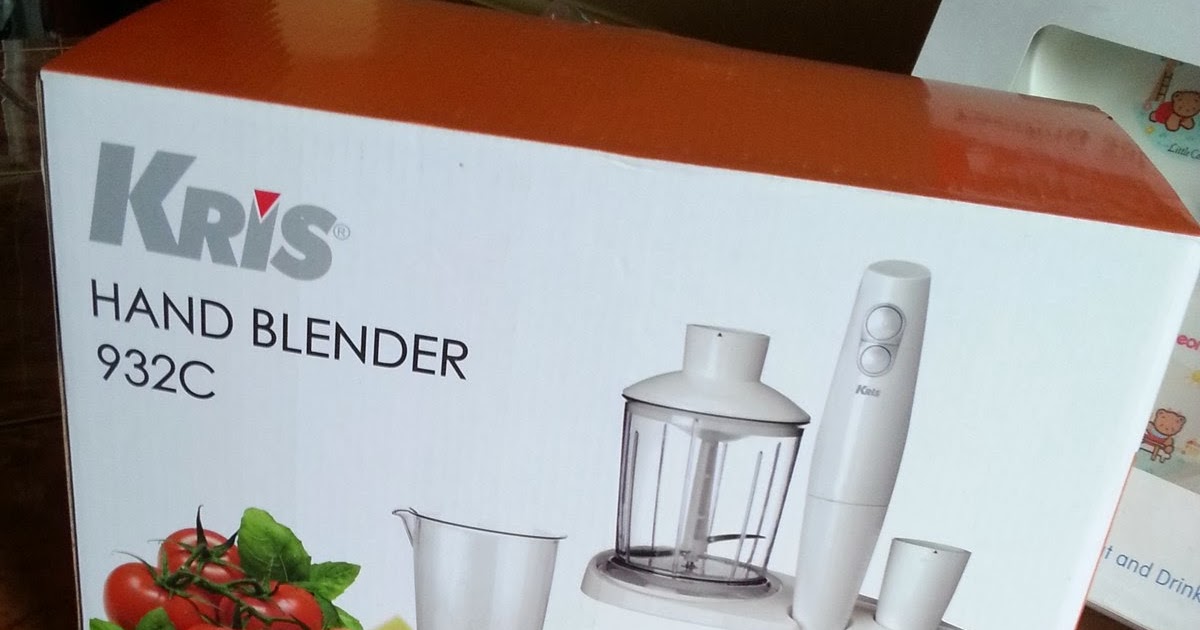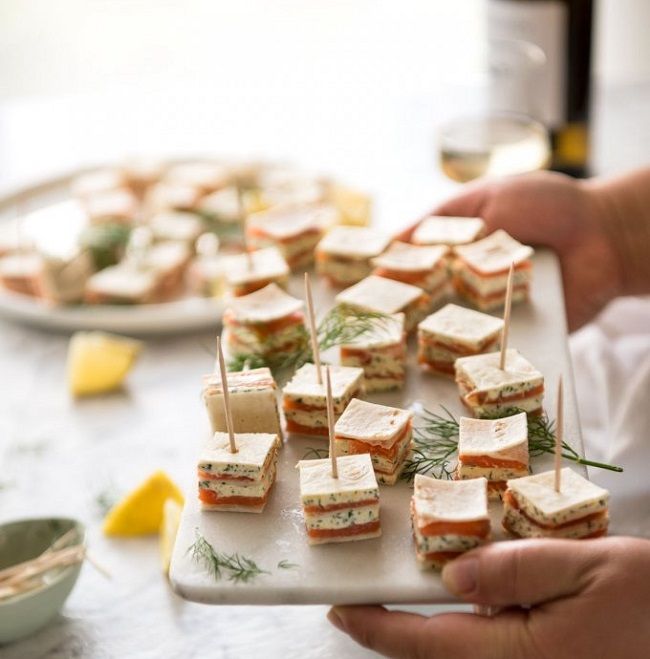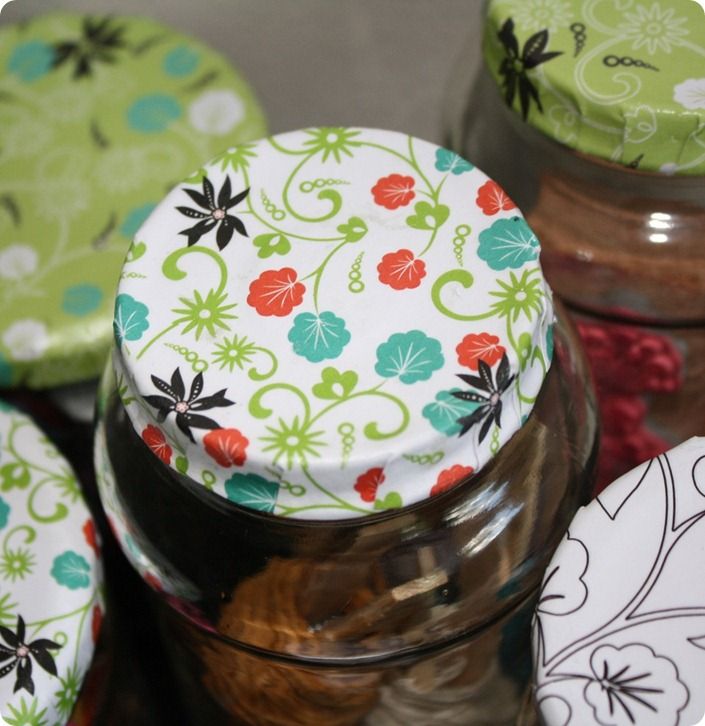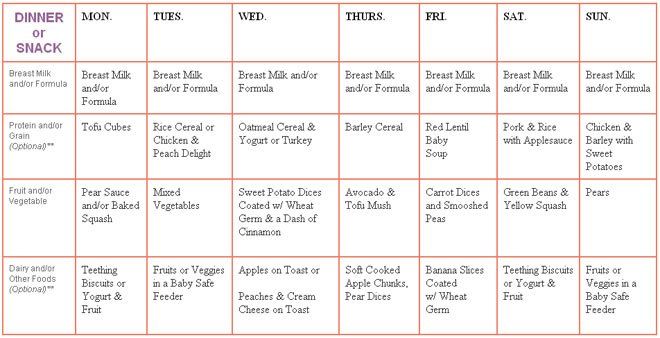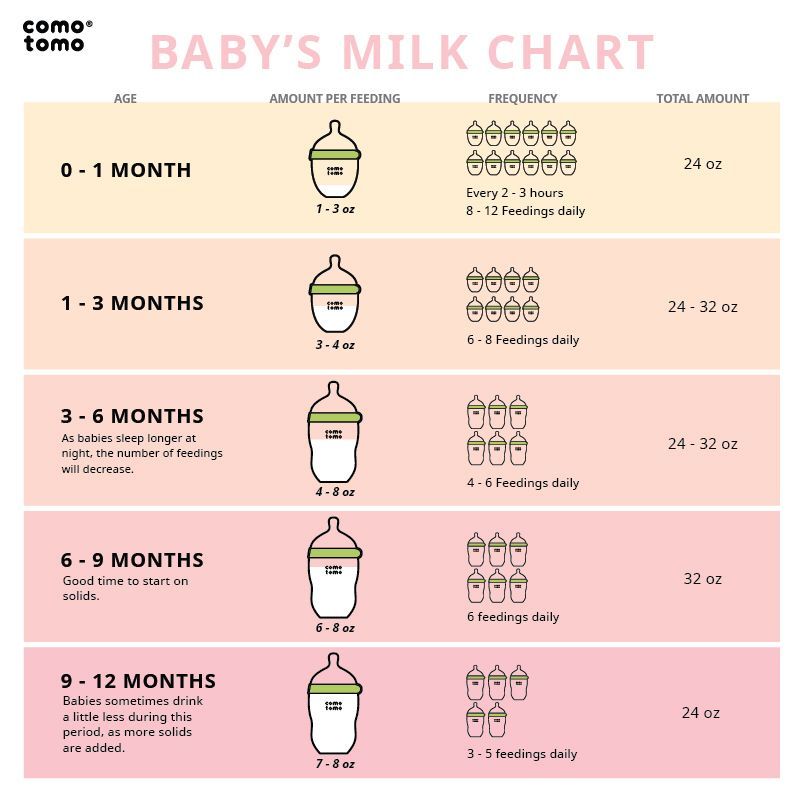How to hand feed baby cockatiel
Protocols for the hand-raising and care of cockatiels (Nymphicus hollandicus)
Corina Gardner
Introduction
Cockatiels (Nymphicus hollandicus) are native to Australia and were first identified in the mid 1700’s. It is unclear when they were first imported out of Australia, but they were found in Europe in the 1800’s and have been exported to all parts of the world in the last few decades. They have been bred in captivity for over a hundred years now.
Cockatiels are intelligent, gentle and playful birds. They are usually very inquisitive and will thoroughly investigate anything everything that is around them. Individual cockatiels have very distinct personalities, behavior traits, and their own likes and dislikes. For example, grinding its beak indicates that the bird is sleepy and relaxed. These gregarious birds make one of the most popular pet birds today.
Cockatiels are naturally sociable birds and enjoy human contact. Hand-reared cockatiels are particularly easy to tame. Even cockatiels which have not really had very much human interaction but have been introduced into the company of humans adjust very well. Our cockatiels greet us when we get home by whistling and calling out. Most pet cockatiels even enjoy eating when their owners are having their meals. They crave attention and have a distinct call when they don’t want you to walk away from them. They can sometimes be incorrigible. If they are aware that they a particular behavior will annoy you, then that’s precisely what they will do.
General Guidelines for hand-rearing baby cockatiels
Often, young and inexperienced parents may abandon their nests and refuse to feed baby birds. Such a situation would demand immediate intervention and you will have to care for the baby birds yourself. If there happens to be another pair of cockatiels with a brood of chicks of a similar age, then chances are that the parents may accept and care for the abandoned chicks. Regrettably, this is seldom the case.
Regrettably, this is seldom the case.
Hand-rearing a baby cockatiel is an extremely challenging and time consuming task that requires absolute dedication and patience. Baby cockatiels, which are also commonly called pinkies, are extremely delicate and fragile and therefore require immense amount of diligence while handling. As this is the most vulnerable part of their lives, special care must be taken to ensure the survival of these baby birds.
Feeding and hygiene
A disposable syringe, which is easily available in most medical stores, can be used for feeding the young birds. If unavailable, then the next best alternative would be to use an eye dropper or a plastic teaspoon. The slender tip of the spoon can be dipped in boiling water and then bent make a funnel, thus making it easy to use for hand feeding.
After feeding, the feeder (spoon, syringe or dropper) must be rinsed with warm water to remove any bacteria. Mild soap or detergent can be used to clean the feeder; however, it must be washed thoroughly so that no soap residue remains.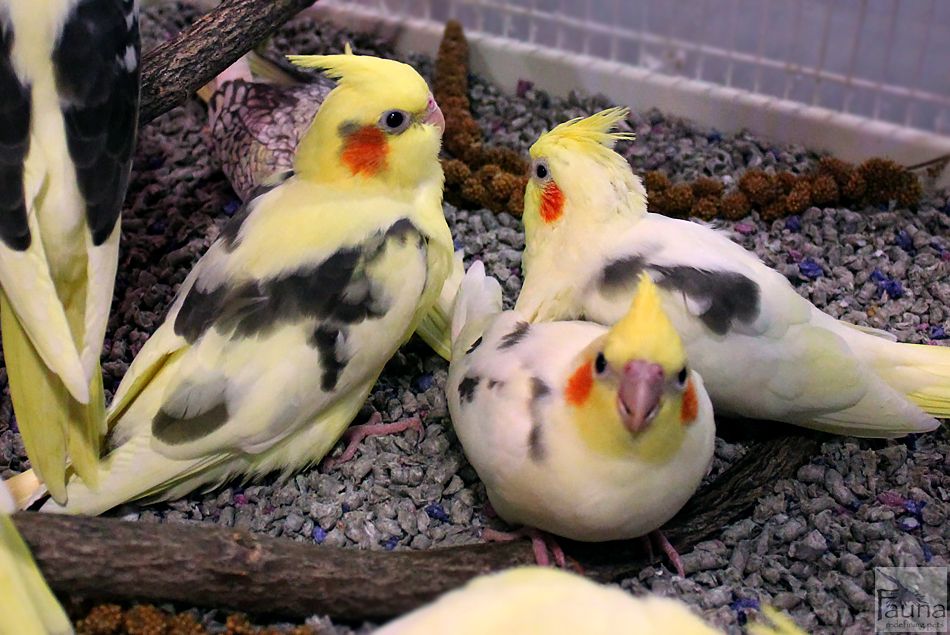
Baby bird formulae, for example, Kaytee Exact, available in most pet stores would be an ideal feed. However, as it is not easily available in India, baby formula like Cerelac can be used instead. If however neither of these is available, then a piece of bread can be crumbled in lukewarm milk and fed to the young birds - but I would only use this as a last resort. The formula must be prepared in a glass container as plastic containers tend to harbor bacteria. The consistency of the formula should be similar to that of a soft pudding – neither too thick, which would make it difficult for the baby to swallow and it may choke, nor too diluted as the baby could inhale the formula into its lungs causing aspiration. The formula must only be heated adequately before feeding the baby. Formula that is too hot will scald the baby bird’s crop, causing crop burn. Crop burn is the scalding of a chick’s crop and esophagus. For the same reason, formula must never be heated in a microwave. On the other hand, formula that is cold will cause sour crop.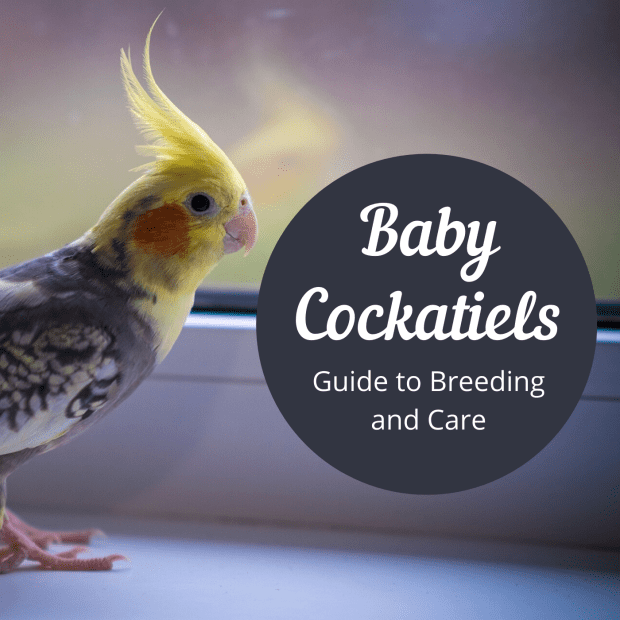 Sour crop is a condition in which the formula in the baby’s crop has gone bad and the contents of the crop has not emptied.
Sour crop is a condition in which the formula in the baby’s crop has gone bad and the contents of the crop has not emptied.
The baby bird can be placed on a napkin or towel on a table or kitchen counter and held gently while feeding. The aim is to emulate the parent bird as much as possible. Parent birds tap on the baby bird’s beak to stimulate the feeding response. So, gently tap the bay bird’s beak with the feeding instrument in a similar manner to encourage the feeding response. The feeding response is when the baby gapes for food, bobbing its head up and down. Parent birds then feed their chicks by inserting their beaks at an angle, through the side of the baby’s mouth. They then regurgitate the food deep into the baby bird’s mouth. Therefore, insert the tip of the feeding syringe at an angle at either sides of the baby’s beak. Press the plunger slowly, stopping every now and then, so as to allow the baby time to swallow. The speed of feeding must never be hastened. Enough time must be allowed for the baby to swallow its food before pressing on the plunger any further. Once its crop is full, not over-extended, and it has had enough to eat, the baby will stop gaping and refuse to open its beak. Feeding must be stopped immediately. Over feeding can cause formula to flow into the throat and down its windpipe, which can be life threatening. The baby must not be forced to feed when it is reluctant to accept food. The beak and feathers of the baby must be wiped gently with a warm, damp cloth after feeding.
Once its crop is full, not over-extended, and it has had enough to eat, the baby will stop gaping and refuse to open its beak. Feeding must be stopped immediately. Over feeding can cause formula to flow into the throat and down its windpipe, which can be life threatening. The baby must not be forced to feed when it is reluctant to accept food. The beak and feathers of the baby must be wiped gently with a warm, damp cloth after feeding.
1-7 day old baby
New born cockatiels are born totally helpless, eyes closed, pink with a few downy feathers.
Ideally, feeding should start at 6 a.m. and continue until midnight. The baby should be fed every 2 hours. A day old chick would require approx 1 ml of formula per feed, which can be gradually increased to 2 ml by the 4th day and 3 ml by 7th day. It is unnecessary to give the baby any additional water as they receive sufficient fluids in their feed itself. It is unnecessary to feed the baby at night as in nature, parent birds as well as their babies sleep at night.
2-3 weeks
Pin feathers begin to erupt in the second week of the baby’s life & the eyes usually open around the 8th -10th day.
The baby can be fed every 3 hours. The feed quantity must be increased to 4-5 ml per feed. Feeding must still begin by 6 a.m., however, the last feed could be given by 10 p.m.
3-4 weeks
The baby still has a few pin feathers.
The formula should now be of a thicker consistency and the feed quantity can be increased to 6 ml per feed. The frequency of feeding can be decreased to a feed every 4-5 hrs. The baby’s crop usually empties within 4 hrs. A crop that remains full or does not empty completely within that time indicates that there is a problem. The crop is a muscular pouch near the throat of the baby bird that is used to store excess food for subsequent digestion.
4-5 weeks
The baby birds start to develop flight feathers by this age and are now called fledglings. They also start foraging (searching for food) themselves by this age. Feed quantity can now be increased to 8 ml per feed and the frequency of feeds can be decreased to 2-3 feeds a day. The weaning process must begin by the time the baby is 5 weeks old.
Feed quantity can now be increased to 8 ml per feed and the frequency of feeds can be decreased to 2-3 feeds a day. The weaning process must begin by the time the baby is 5 weeks old.
Weaning foods such as greens, bits of toast and bread, crushed and grated boiled eggs (along with the shell) and cream cracker biscuits can now be offered to the young birds. This mixture is an easily digestible substitute and ideal during rearing of young birds. Mixed bird seeds such as millet (durra), foxtail millet (kheri), finger millet (ragi), sunflower seed, etc. should also be given to the birds.
6-7 weeks
The young bird is quite independent now and it’s time to transfer the bird to a cage. Although they feed well by themselves at this age, they must be watched vigilantly to ensure they are eating well. If necessary, feedings can be continued once or twice a day.
Mixed bird seed, which is available in most pet stores, should also be given to the bird. In the event that bird seed is unavailable then large millet seed (bajra), finger millet (ragi), foxtail millet (kheri), sunflower seed (suraj mukhi), safflower (beni or kardi) seed, pumpkin (kaddu) seed, boiled maize (makki) and soaked gram (chana) can be provided.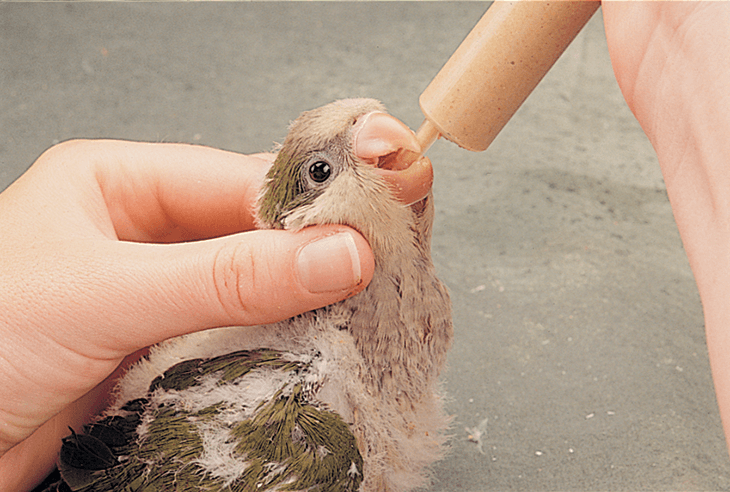 It’s always advisable to offer the young birds entire or un-hulled seeds as hulled seeds tend to decay and mold. Seeding grass, French beans, and carrots are always a welcome treat as well. Green leafy vegetables such as lettuce, mustard sprouts, millet sprouts and fenugreek (methi) leaves is essential along with other weaning foods. By 8 weeks of age, the bird should be completely weaned.
It’s always advisable to offer the young birds entire or un-hulled seeds as hulled seeds tend to decay and mold. Seeding grass, French beans, and carrots are always a welcome treat as well. Green leafy vegetables such as lettuce, mustard sprouts, millet sprouts and fenugreek (methi) leaves is essential along with other weaning foods. By 8 weeks of age, the bird should be completely weaned.
Foods that are toxic for cockatiels include apple pips, avocado (makhanphal), cherries and peaches (aadu). Never give your birds chocolate, as it may make your bird seriously ill.
In the event that the bird suffers an upset stomach or diarrhea, indications of which include watery green droppings, a pinch of Ridol or Kaltin or any other binding tablet can be crushed and mixed in a half container of water and offered instead of plain drinking water.
Grit, which is a mixture of sand and stones, and cuttle-bone, which is rich in calcium and phosphates, should be given to the birds periodically. Clean, fresh drinking water must be provided daily. The feed and water containers must never be placed directly beneath perches as the bird’s dropping will foul the contents.
Clean, fresh drinking water must be provided daily. The feed and water containers must never be placed directly beneath perches as the bird’s dropping will foul the contents.
It’s also a good practice to provide a shallow dish for the birds to bathe in. Another option would be to use a spray mister (plant atomizer mister), filled with warm water, not hot water. Many a time you’ll find your bird flapping its wings and hanging upside down from its perch, this usually indicates that the bird wishes to bathe. You will know that he is enjoying his bath when he puffs out his feathers, raises both his wings up and away from his side and leans forward.
Housing the young birds
A shoe-box or small cardboard box with adequate holes for ventilation, a wicker basket or even a small aquarium may be used to house the young birds. The box can be lined with a soft towel at the base and a few layers of tissue papers on top of the towel, making it easy to change the paper towels when dirty. The box must be placed in a warm, dry place, preferably near a source of warmth. A heating lamp, with a light bulb of maximum 40 watts, can be placed above the box. The lamp must be placed at least 12” away from the box. The ideal temperature for the baby birds would be about 35.5° Celsius (or 96° Fahrenheit). Again, it is crucial to be vigilant and ensure that the baby is not being overheated. A clear indication of overheating would be when the baby’s beak is open (as if panting) and wings are held away from its body. On the other hand, if it’s huddled and shivering, it is not receiving enough warmth. At night, partly cover the box with a light towel to keep out the light from the heating lamp and thus enable the baby to sleep.
The box must be placed in a warm, dry place, preferably near a source of warmth. A heating lamp, with a light bulb of maximum 40 watts, can be placed above the box. The lamp must be placed at least 12” away from the box. The ideal temperature for the baby birds would be about 35.5° Celsius (or 96° Fahrenheit). Again, it is crucial to be vigilant and ensure that the baby is not being overheated. A clear indication of overheating would be when the baby’s beak is open (as if panting) and wings are held away from its body. On the other hand, if it’s huddled and shivering, it is not receiving enough warmth. At night, partly cover the box with a light towel to keep out the light from the heating lamp and thus enable the baby to sleep.
It must be noted that the purpose of the lamp is to provide warmth alone, and not light, and it must never interfere with the natural light patterns and disrupt the baby bird’s sleep cycle. In nature, cockatiels nest in hollow tree trunks in wooded areas, where not much light enters. Even when in captivity, the parent bird sits on the baby, shielding it from most of the light. The heating lamp may be discontinued after the baby crosses 2-3 weeks of age and is covered with its first layer of feathers.
Even when in captivity, the parent bird sits on the baby, shielding it from most of the light. The heating lamp may be discontinued after the baby crosses 2-3 weeks of age and is covered with its first layer of feathers.
Ants are a real danger to baby birds and can fatally hurt them. It must be ensured that there are no ants in the vicinity of the bird.
Once shifted to a cage, it must be ensured that the cages are spacious enough to allow free movement between perches. Perches should be placed just above the floor of the cage so that the bird can easily climb onto them. The cage must be located in a well lighted location with a source of natural light such as sunlight. Avoid exposing the birds to a cold breeze or draught, especially at night, as this causes chills and other health problems.
Fresh, natural branches of Indian lilac or neem (Azadirachta indica)and other trees should be provided as perches as this helps to keep the feet and claws of the birds healthy and strong. It not only strengthens their jaws and sharpens their beaks but keeps them occupied as well. Birds are otherwise prone to boredom and feather plucking.
It not only strengthens their jaws and sharpens their beaks but keeps them occupied as well. Birds are otherwise prone to boredom and feather plucking.
It’s advisable to cover the cage with a cloth at night as it gives the bird a feeling of security. If you get too near the cage at night, you might find him hissing. This is a fine demonstration of his protest to your invading his personal space and literally translates as, “don’t get in my face”. Beak-banging is a common male cockatiel trait that indicates he is looking for attention.
Clipping toenails
In the wild, birds’ nails are naturally smoothened out on a range of surfaces but this may not the case in captivity. However, if it transpires that your bird’s nails have grown too long then clipping them becomes inevitable.
Overgrown toenails are likely to get caught on a perch, cage wire, tray or fabric. This can cause deep discomfort, distress and even injury to your bird. Clipping a bird’s nails is a traumatic event at the best of times, both for the bird and the owner, and so it must only be done when the bird’s nails are very overgrown.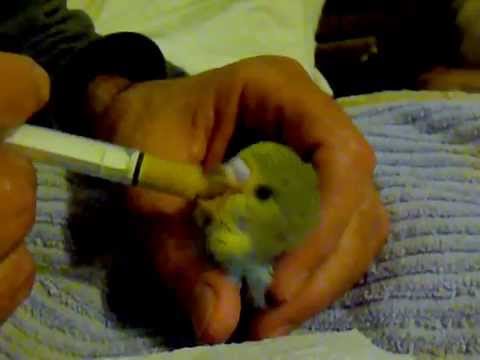
Special nail clippers, which have a rounded edge, should be used to trim the nails of your bird. Take care to only clip the tip of the nail, clipping too much will cause the toe to bleed. If the toe starts to bleed, Nebusulf powder which contains the antibiotic Neomycin, must immediately be applied to the wound.
Sexing Cockatiels
Both males and females look remarkably alike especially until they reach sexual maturity. One way to distinguish between the sexes is that the males sing and whistle while the females don’t. Males have bright orange patches on their cheeks, while females have duller patches. Another distinguishing aspect is that females have pale yellow/white dots on the underside of their wings and yellow/white barring on their tails. Males simply do not have this characteristic.
Cockatiels are not generally aggressive and have a good natured disposition. However, in the event that male cockatiels are kept together in a cage, there is a possibility of the dominant male pecking the more timid male, perhaps even preventing it from eating.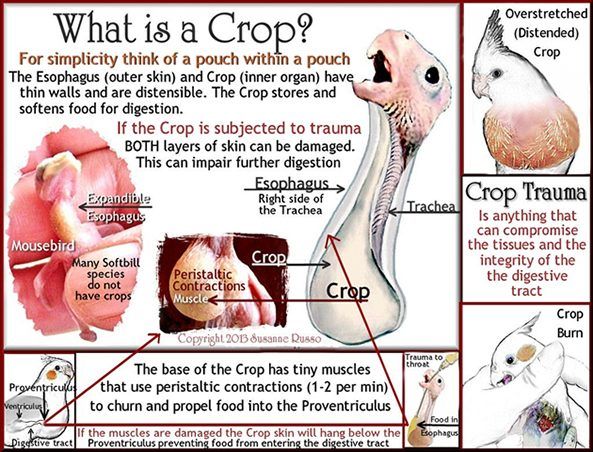 The solution would be a larger cage with two food trays and two water trays. If however, the dominant male continues pecking the timid male, than separate the birds into different cages.
The solution would be a larger cage with two food trays and two water trays. If however, the dominant male continues pecking the timid male, than separate the birds into different cages.
Egg binding
Egg binding is a medical condition when a female bird is unable to expel an egg. Egg binding can pose a serious threat to cockatiels. Younger females are at a greater risk of dying from egg binding. In the event that a female cockatiel is suddenly puffed-up and listless, it is quite likely due to egg-binding.
The female must immediately be placed in a small cage or shoe-box and provided with additional warmth. A heating lamp would be ideal. Castor oil or even cooking oil can be gently applied in to the birds vent or cloaca, with a Q-tip (a cotton bud) to lubricate the area and facilitate the passing of the difficult egg. One drop of castor oil given orally will also help the passage of the egg. If these basic requirements are provided it is unlikely that the bird will suffer any serious health issues.
Breeding
Cages for breeding cockatiels should be an average size of 20”X20”X50”. The nest-box in the breeding cage should be 9”X11”X12” with a 2” opening. The nest-box can be mounted on the outside of the cage. Most cages now come equipped with a small door at the side of the cage which can be used as an entry to the nest-box. If on the other hand birds are housed in aviaries then the box can be placed inside the aviary itself. Nesting material should consist of pine shavings, shredded paper & freshly cut grass.
Cockatiels live for an average of 15-20 years in captivity and breed well in captivity. Males mature by 12 months of age while females mature by 18 months of age. When a female cockatiel is ready to mate she will sit low on a perch with her tail in the air while emitting a peeping sound while males will tap their beaks on the cage to gain the female’s attention. The eggs are laid a week after mating. The eggs hatch after a period of 21 days. Cockatiels usually lay a clutch of 4-8 eggs, twice a year.
Freeing cockatiels
Freeing cockatiels is just not an option as they will surely be attacked and killed by other predatory birds such as hawks, kites, shikras, crows, etc. as they are vulnerable and unable to fend for themselves. They will also be vulnerable to other predators such as cats, snakes, rats, etc. unless they can find themselves a safe place to roost.
In the wild, cockatiels forage for grain (usually on farms), feed on grass seeds, leaves, vegetables and fruit. Locating such food sources, especially in environments they are not native, would be extremely difficult. Needleless to say, this would be even more difficult in a city.
References
Barrie, A. (1997) Guide to owning a cockatiel. T.F.H. Publications, New Jersey
Grindol, D. (1998) The complete book of cockatiels. Howell Book House, New York
Grindol, D. (2001) Cockatiels for dummies. For Dummies, New York
Mancini, J.R. and Haupt, T. (2008) Cockatiels (Complete pet owner’s manuel). 2nd Ed. Barrons Educational Series, New York
2nd Ed. Barrons Educational Series, New York
Photographs used
Lucy. Female cockatiel.
Available from:
http://www.cockatiel-birds.com/parrot/7055/female_cockatiel
[Accessed: 21/11/2011]
Corina Gardner. Bent spoon feeder.
Corina Gardner. Juvenile cockatiel.
Devna Arora. Disposable syringe feeder.
Brett Donald. Adult male.
Available from:
http://www.flickr.com/photos/bdonald/3032933616/
[Accessed: 23/11/2011]
Dylan Ashe. Feeding a baby cockatiel.
Available from: http://www.flickr.com/photos/ackook/page49/
[Accessed: 23/11/2011]
Dylan Ashe. New born cockatiel.
Available from: http://www.flickr.com/photos/ackook/page49/
[Accessed: 23/11/2011]
Dylan Ashe. 1 week old cockatiel. Available form:
http://www.flickr.com/photos/ackook/504676509/in/photostream
[Accessed: 23/11/2011]
Dylan Ashe. 3 weeks old cockatiel.
Available form: http://www.flickr.com/photos/ackook/page48/
[Accessed: 21/11/2011]
Dylan Ashe. 4 weeks old cockatiel.
4 weeks old cockatiel.
Available form: http://www.flickr.com/photos/ackook/page48/
[Accessed: 21/11/2011]
Dylan Ashe. 5 weeks old cockatiel.
Available form: http://www.flickr.com/photos/ackook/page47/
[Accessed: 21/11/2011]
Lianne. Enjoying a mist bath.
Available from: http://www.flickr.com/photos/ysaleth/2834585666/
[Accessed: 26/11/2011]
Matrixphere. Cockatiel bathing. Available from:
http://www.flickr.com/photos/matrixphere/73109842/
[Accessed: 26/11/2011]
Ulf Gotthardsson. Cockatiel foraging. Available from:
http://www.flickr.com/photos/ulfgotthardsson/2981225192/sizes/l/in/
set-72157608229228990/
[Accessed: 21/11/2011]
Further reading
Excellent photographs on the entire stage of cockatiel chick development by Dylan Ashe can be viewed through the following links
http://www.flickr.com/photos/ackook/page47/
http://www.flickr.com/photos/ackook/page48/
http://www.flickr.com/photos/ackook/page49/
Cockatiel Mist Bath by 3sugarbeans
http://www. youtube.com/watch?v=pA47Mpn05YQ
youtube.com/watch?v=pA47Mpn05YQ
Cockatiel Bath Time! by m4tt1600
http://www.youtube.com/watch?NR=1&v=kWCPDMHaeGU&feature=endscreen
Edited by Devna Arora
Published in 2011
''Basic Cockatiel Handfeeding" | AFA Watchbird
Vol. 22 No. 1 (1995), Articles
Vol. 22 No. 1 (1995)
Articles
- Lori Dahlstedt
Lori Dahlstedt
Cockatiels seem to be one of the easiest of pet birds to breed. If you have a true pair, and have supplied them with a box and some privacy, then you know how wonderful it can be. Handfeeding the babies is· a very rewarding experience.
Start out with a pair of Cockatiels, a nest box and some eggs. If all goes well, 18 to 21 days from the first egg laid you should find a little yellow fuzzyalien'' in your box. At this pointthe fun is justabout tobegin!Hereisalistofthingsyoushould have:
1. A good quality commercial baby bird formula (usually available at your local pet shop).
2. Syringes 3cc. and lOcc. (I find these easiest to use).
3. Box, basket, or a clear plastic tub (you will use this for the babies' new home).
4. Some soft small towels (with no loose threads that the babies will get tangled up in).
5. Papertowels.
6. Bleach or Nolvasan (used to sterilize the syringes).
You are now ready to handfeed babies.
Reliable parents should feed the babies with no problems for the first two to three weeks. I recommend this as the parents can give the babies a much better start in life than we can. Unless an emergency arises, I don't pull my babies until they are three weeks old. At this age they take to the syringe well.
The big day has finally arrived and your babies are now three weeks old. It doesn't matter how many times I pull babies, I still get excited. The first thing you do is get babies' bed all made up. Take the container you have chosen, line it with your soft towel, then a layer of pa per towels. You should change the paper towel at every feeding (you must keep your babies clean). I think the best time of day to pull babies is after the morning feeding. All my birds get a
I think the best time of day to pull babies is after the morning feeding. All my birds get a
bean, fruit and veggie breakfast, so when I pull the babies they are full of all the good stuff that I fed the parents for breakfast. Now you're ready to GO GET IBEM! As soon as you have them all settled in their new little nest, cover them with a towel. I use dish towels. This will
help them stay warm and snug if there are two or more chicks. Ifraising a single chick, an outside heat source such as brooder or hot water bottle may be helpful.
One thing that I do seems to really help. After I have the babies all snuggled in their new nest, I mix up a little formula. The consistency should be a little thinner then what you will be feeding later. This should be like watery apple sauce. For the propertemperatureofthe formula I rely on the wrist method, a little warm to me should not burn the baby. If it burns me, it will burn the baby, if it's cool to my wrist it will be too cold. Cold food does not digest well. The proper temperature is 100°F to 105°F. You want to give the babies a taste of the thinned formula. Sometimes this isn't easy, because the babies might be afraid of you. Just be patient and open their mouth and give a little squirt. The next
Cold food does not digest well. The proper temperature is 100°F to 105°F. You want to give the babies a taste of the thinned formula. Sometimes this isn't easy, because the babies might be afraid of you. Just be patient and open their mouth and give a little squirt. The next
time you feed, the formula will taste familiar. Now cover them back up and place them in a safe draft free spot. Next, wash the syringe with soap and water, and rinse thoroughly. Mix your bleach, or nolvasan following the strength instructions on the bottle for sterilizing. I soak my syringes in between feedings. This helps keep bacteria/fungus in check. Make sure you rinse the syringe thoroughly before feeding. You're now on your way. You and the babies are off to a wonderful start.
Four hours have now past and if you're like me you have already peeked in on the babies several times. By now the little ones should be getting hungry. It's now time to give them their first real feeding. Mix up some formula a little thicker than you did the first time (more like stirred yogurt).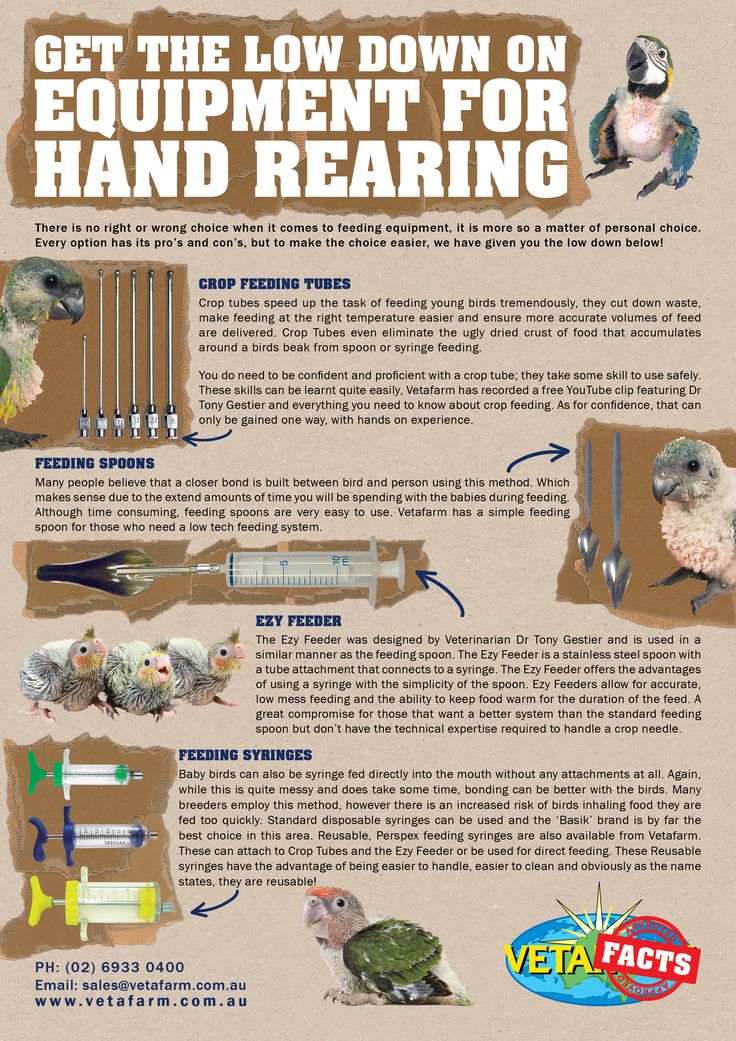 First, place a clean towel on the table and make sure your formula is the right temperature. Next, place a baby on the towel in front of you and draw some formula into a clean syringe (keep an eye on the baby. They can move quite fast, usually backwards right off your table). Now place your left hand behind the baby's head, placing your thumb on the right side of the head and your forefinger on the left side holding him gently by the beak. Holding the syringe in your right hand, put the syringe in the baby's beak angling it from your right to left, the baby's left to right (see diagram). Give a little squirt of formula, the baby should chirp and bob his head up and down. Repeat this until you feel the baby has had enough. You do this by feeling the crop. It should look and feel full, but not tight. Now, if you're left handed (like one of my feeders), you do everything the same, but place the baby facing away from you, holding the syringe in your left hand. You want to make sure the formula goes down the right side of the throat (not the wind pipe).
First, place a clean towel on the table and make sure your formula is the right temperature. Next, place a baby on the towel in front of you and draw some formula into a clean syringe (keep an eye on the baby. They can move quite fast, usually backwards right off your table). Now place your left hand behind the baby's head, placing your thumb on the right side of the head and your forefinger on the left side holding him gently by the beak. Holding the syringe in your right hand, put the syringe in the baby's beak angling it from your right to left, the baby's left to right (see diagram). Give a little squirt of formula, the baby should chirp and bob his head up and down. Repeat this until you feel the baby has had enough. You do this by feeling the crop. It should look and feel full, but not tight. Now, if you're left handed (like one of my feeders), you do everything the same, but place the baby facing away from you, holding the syringe in your left hand. You want to make sure the formula goes down the right side of the throat (not the wind pipe). Once you have fed a few times you should get the hang of it, and it will become easier.
Once you have fed a few times you should get the hang of it, and it will become easier.
At three weeks of age, you should be feeding four times a day. Most people let their babies empty between feedings. I don't, because I don't feed at night. This way, the babies start the day with an empty crop. It is very important that you allow the crop to empty, at the very least, once a day. If you don't, you could run into sour crop problems. This is where the formula in the crop goes bad. Continually putting fresh food in on old food is only one of the many things that can cause this problem. If you find that a baby's crop has not emptied for two
feedings, GET IT TO A VET as soon as you can. Dirt, bacteria or feeding the babies food too cold or thin can also cause this problem. You should never feed left over formula. You may have to waste some until you figure out how much your babies need at each feeding. (Wasting a little formula is nothing compared to keeping babies healthy. )
)
Now, as the little ones grow, your feedings will decrease to three times a day at around five to six weeks old. At this time, you can start keeping them in a daytime playpen of plastic, glass or wire cage. Place them in a busy place in your house so they can watch you. Sometimes I place a towel over half of their playpen, this way they have a dark, private corner to sleep in. At first they may be a little frightened, but usually by the third day they will enjoy their playtime. This time is also a good time to start offering millet and some soft foods, such as diced apples, grated carrots, good quality wheat bread, cooked brown rice, cooked pasta, thawed out frozen peas, corn, broccoli, and whatever else you think would be good. I haven't ever had a baby Cockatiel that didn't like cheerios. (The fresh fruits and veggies should be removed after a few hours as they tend to sour and this can make the babies sick.)
How to tame a cockatiel to your hands: all the tricks and subtleties
Compliant character and sharp mind made cockatiels popular pets. These cute birds are very fond of copying various sounds, especially human speech, so having won the trust of a bird with a word, you can try to tame the cockatiel to your hands.
These cute birds are very fond of copying various sounds, especially human speech, so having won the trust of a bird with a word, you can try to tame the cockatiel to your hands.
Hard to learn - easy to fight
It is very important to go through some preparatory stage before taming a bird. First you need to let your pet get used to the new environment - the apartment, and above all to the cage in which he is. The fact that the parrot has mastered it will become clear when he begins to move around the cage without fear, watching the owner with interest. nine0003
The extraordinary mind of the cockatiel makes it an excellent conversationalist, use this quality to tame the parrot. Start talking to your pet every day, holding your hands at face level, so that he gets used to the sight of hands and perceives them as a communication tool.
Seeing the care and attention of a person, the parrot's desire to communicate becomes more relaxed. At this stage, you can try to offer the cockatiel some kind of treat from your hand, the main thing is not to rush, despite the established contact, there is a chance to scare the bird.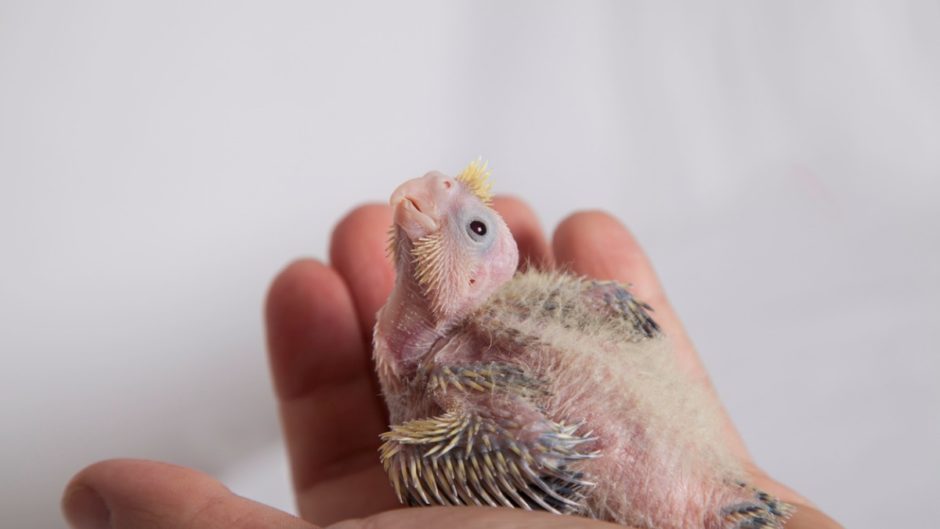 Holding out the treat, you need to continue to speak affectionately with the parrot, even if he does not understand the meaning of the words, then he will undoubtedly distinguish a good intonation in his voice. After a certain time, the pet will begin to take his favorite food from his hands. Only after this stage is it worth trying to bring your hand closer to the cockatiel's legs, forcing him to move onto his hand. As soon as the parrot sits on your hand, you need to remove it from the cage, and then return it back. Be sure to praise your pet for the first achievement and reward with a treat. nine0003
Holding out the treat, you need to continue to speak affectionately with the parrot, even if he does not understand the meaning of the words, then he will undoubtedly distinguish a good intonation in his voice. After a certain time, the pet will begin to take his favorite food from his hands. Only after this stage is it worth trying to bring your hand closer to the cockatiel's legs, forcing him to move onto his hand. As soon as the parrot sits on your hand, you need to remove it from the cage, and then return it back. Be sure to praise your pet for the first achievement and reward with a treat. nine0003
You can also teach to take food from your hands, gradually move your hand away, provoking the bird to leave the cage on its own. As a result, if he wants to receive a present, he himself will sit on his hand with food.
Repetition is the mother of learning
By repeating this simple exercise, you can gradually tame the cockatiel to your hands. Of course, you need to stock up on patience, affection and treats.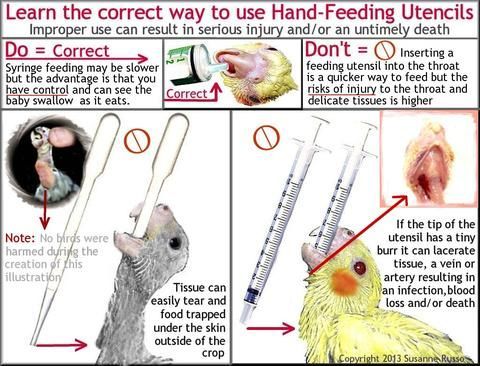 A small secret to successful taming is the time of exercise, namely, this must be done before the main feeding, when the pet shows the greatest interest in food. However, we must remember that it is by no means impossible to starve a parrot for the sake of the goal, since even insignificant, in your opinion, starvation can lead to death. nine0003
A small secret to successful taming is the time of exercise, namely, this must be done before the main feeding, when the pet shows the greatest interest in food. However, we must remember that it is by no means impossible to starve a parrot for the sake of the goal, since even insignificant, in your opinion, starvation can lead to death. nine0003
Since the cockatiel is a very inquisitive bird, in addition to treats, it can be offered small toys that can be held in its beak.
There is another way to tame cockatiel to your hands. As soon as the owner's hand is associated with good-natured communication in a bird, you can easily make the bird sit on it on its own: you need to put your hand between the bird's paws and lightly press on the bird's abdomen. Such manipulation does not cause pain to the bird and also requires daily repetition. nine0003
Rewarding is a strong motivation for cockatiels, so for every success, continue to treat the bird and praise.
How to tame a cockatiel the easy way
Corella
Reading 3 min
nine0002 It is quite easy to tame a cockatiel to your hands if you have just bought a chick. If you already got an adult, knowing the basic rules, it will also not be difficult to tame. The main thing is to be patient with the owner in order to find an approach to the bird.
If you already got an adult, knowing the basic rules, it will also not be difficult to tame. The main thing is to be patient with the owner in order to find an approach to the bird. The easiest and most effective way to approach a parrot and then tame it. Each parrot has an individual character, each cockatiel is special in its own way. You need to gradually go through each of the stages. Some stage will go completely unnoticed, but on some other you can get stuck. The main thing is to persevere towards the goal and not move on to the next one until the previous one has been completed. nine0003
- Give yourself time to get over the stress after moving.
- Do not give rise to other stresses (do not make noise, protect for a while from other animals, even if they do not behave aggressively towards the cockatiel).
- Pay sufficient attention.
- Gain the trust of a bird.
- Start hand feeding (eg vegetables or fruits).
- Let out of the cage
- Tame to hands.

Taming cockatiels the process is not so much complicated as it may seem tedious. If you got a parrot with character, it can take several weeks to tame. First of all, you must love the parrot. Then this long time spent on taming will fly by almost unnoticed.
Some cockatiels can make contact with humans the very next day. But even in this case, do not rush things. With one awkward movement or the occasional loud noise, you can scare the cockatiel and then you have to spend a lot of time gaining the parrot's trust and making contact. nine0003
As soon as you brought the cockatiel home and put it in a cage, you should not bother the bird right away, take pictures of it and invite friends to admire the parrot. Give her some time to look around, get used to the new conditions, get used to the new environment.
Be prepared to spend more time with your parrot at first. Set your priorities. Of course, in today's world, not everyone has enough time.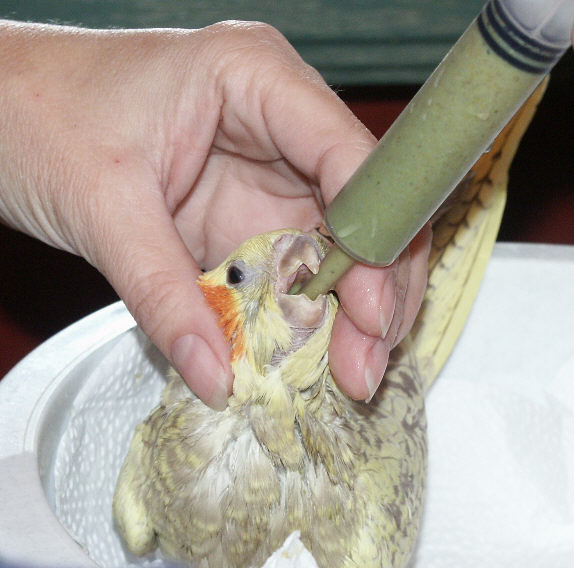 But since you decide to get a cockatiel, be prepared for this. As you establish contact with the parrot, you can gradually reduce the time of communication. nine0003
But since you decide to get a cockatiel, be prepared for this. As you establish contact with the parrot, you can gradually reduce the time of communication. nine0003
What not to do when taming a cockatiel
- When you are trying to establish contact with a cockatiel, you must not make sudden movements, you must not talk loudly, turn on loud music. At first, the bird treats you with distrust and is afraid. It is necessary to create the most calm environment.
- Do not bother or force communication. No need to rush and immediately grab the parrot in your hands. As soon as you notice that the cockatiel has begun to show interest in you, gradually move to a new level. Try feeding her fruit. If it doesn’t take it out of hand, then it’s not ready yet. Put them in the feeder. nine0036
- Do not let the parrot out of the cage until you have established contact. Otherwise, difficulties may arise with how to drive the parrot back into the cage. Trying to drive him into a cage, chasing him around the room, the bird’s confidence will completely disappear.


